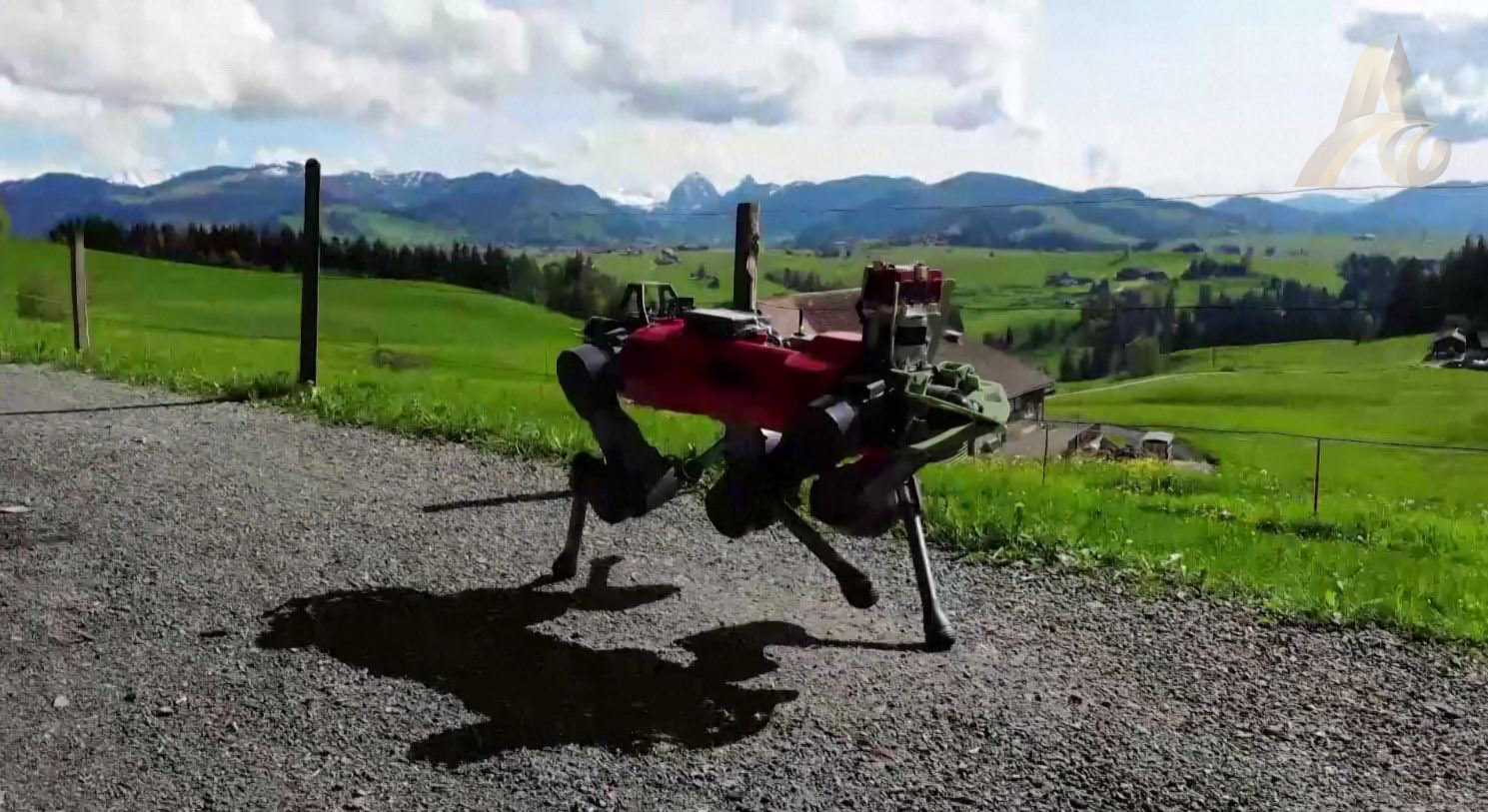INTERNATIONAL: A robot dog has been given new powers to work out how to walk over any terrain by combining what its sensors can ‘see’ with what it knows about its surroundings, just like people or animals. The research, by ETH Zurich, effectively allows ANYmal, a four-legged robot dog, to move quickly over rough terrain, while still taking care - a new trait for robots.
ANYmal’s legs provide unparalleled mobility when moving up and down stairs, climbing over obstacles, steps, and gaps, and crawling into tight spaces. It delivers reliable performance in harsh indoor and outdoor environments and through rain, splash water, wind, snow, and dust.
ANYmal autonomously navigates complex multi-story environments. Once guided through the environment, the robot remembers every detail and finds the quickest route to perform its mission. During operation, the robot’s system safely avoids obstacles and reliably moves over rough terrain.
The team used deep snow as an example of when a robot’s camera systems will produce a map of its terrain that doesn’t work when the robot puts its foot down.
ANYmal’s control system allows it to prioritise its sense of touch over its visual perception.
The team put the ability to the test on a hiking route up Mount Etzel, which stands 1,098 metres above sea level in the Swiss Alps.
Eth Xurich Robotic Systems Lab PhD student, Takahiro Miki says the robot they created used perception mostly they were just assuming that the map is always correct. So if there is a step in front, the robot trusts the map and steps on it. But often when we go outdoors this doesn’t happen, like when you go into the tall grass and those obstacles appear as obstacles, step-able object for the robot. And then if the robot always trusts it then it cannot go into those areas. So in this paper we trained the robot to be robust against these failures. So if you combine with the body information it can recognise that the map here is wrong. And then you only trust its body information.
It’s trained end-to-end so the network gets both information and tries to estimate ground truth information and during training I run the maps a lot for this exteroception so that the network learned to smartly combine these two.”
The slope was quite steep, like it was even hard sometimes for people. It was quite exhausting but the robot could go over all of these obstacles without help.
With this controller the robot can go to an area that is dangerous for humans or very far, like in a nuclear power plant or disaster area, like other planet surfaces. This can open up possibilities for those applications.
It’s hoped the new skill could allow ANYmal to be deployed anywhere too dangerous or inaccessible for people, including other planets.
Hundreds of four legged robots, many of them made by Hyundai-owned Boston Dynamics, are already in use, some in hostile industrial environments including one performing survey work in Chernobyl and another working on a BP oil rig in the Gulf of Mexico.


























